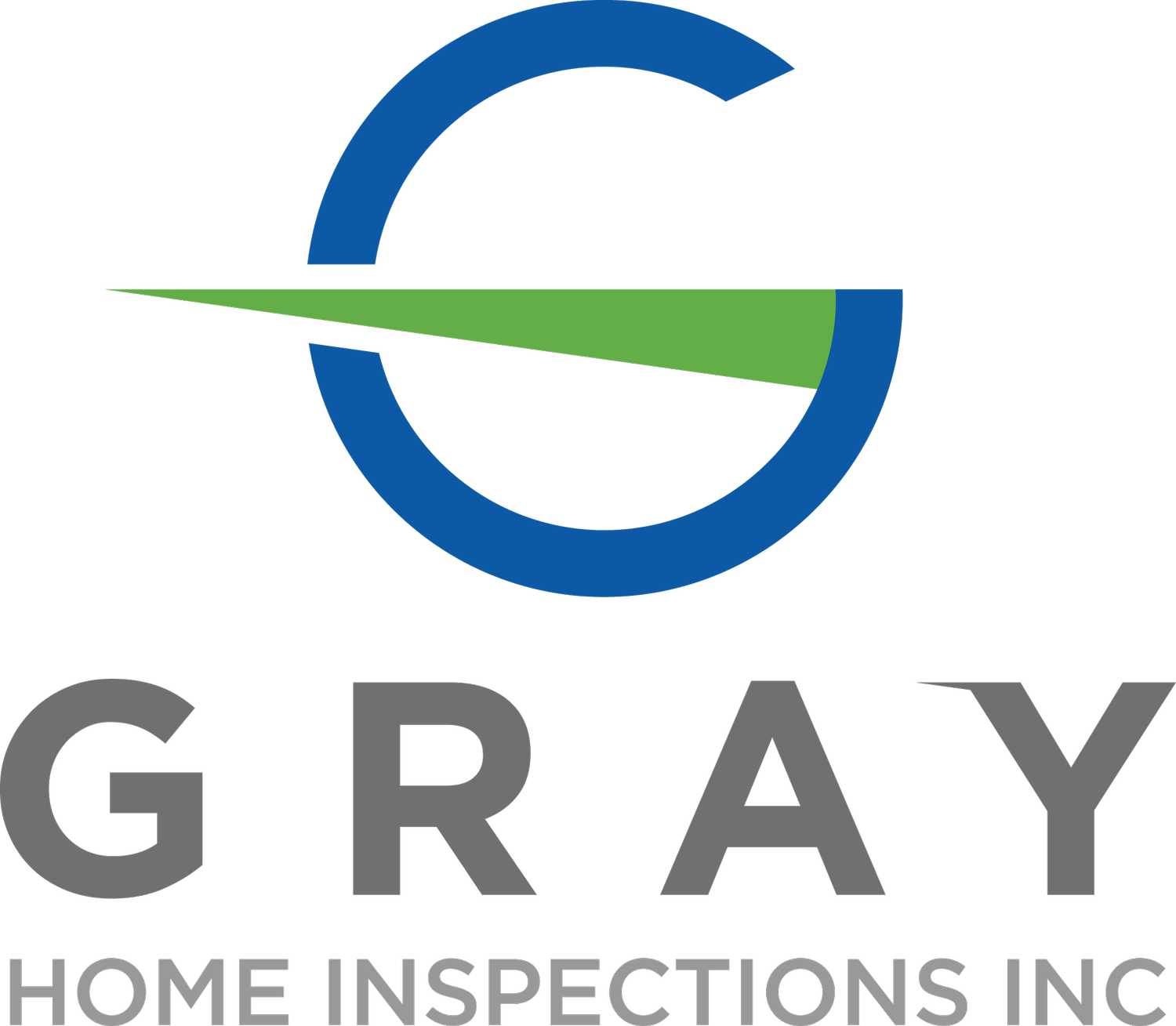Unmasking Mold: Common Types of Mold Found in Jacksonville Homes - Insights from Gray Home Inspections
At Gray Home Inspections, we're committed to ensuring the safety and well-being of homeowners in Jacksonville, FL. Mold is a common concern for many homeowners in this humid climate, and understanding the different types of mold is crucial for effective prevention and management. In this blog, we're shedding light on the common types of mold found in Jacksonville homes, helping you stay informed and take proactive steps to maintain a healthy living environment.
- Cladosporium: Cladosporium is one of the most prevalent types of mold found in homes. It tends to thrive in damp and dark areas, such as bathrooms, basements, and attics. It appears as black or green patches and can cause allergic reactions and respiratory issues, especially in individuals with sensitivities.
- Aspergillus: Aspergillus is another common mold that comes in various species. It's found in warm and humid conditions and can take on colors ranging from green to brown. Inhaling aspergillus spores can trigger allergies and respiratory problems, particularly for those with weakened immune systems.
- Stachybotrys Chartarum (Black Mold): Black mold, also known as Stachybotrys chartarum, is infamous for its dark color and potential health risks. It thrives in extremely damp and humid environments, often developing in areas affected by water leaks or flooding. Exposure to black mold can lead to severe respiratory issues, allergies, and even neurological symptoms in some cases.
- Penicillium: Penicillium is a diverse mold type that comes in various colors, including blue, green, and white. While some species are used in the production of antibiotics, other strains can be harmful indoors. Penicillium mold can cause allergies, sinus infections, and lung inflammation.
- Alternaria: Alternaria mold is commonly found in areas with water damage, such as leaky roofs or window sills. It's recognized by its dark green or brown appearance. Exposure to Alternaria spores can trigger asthma symptoms and allergic reactions.
- Aureobasidium: Aureobasidium mold is typically found on wooden surfaces, painted walls, and window frames. It starts as a pink or brown color and gradually turns black over time. While it's less likely to cause severe health problems, exposure can lead to skin irritations and allergies.
Preventing Mold Growth:
Preventing mold growth in Jacksonville homes requires vigilance and proactive measures:
- Control Humidity: Use dehumidifiers to maintain indoor humidity levels below 50%, especially during humid months.
- Fix Leaks: Promptly repair any leaks in roofs, plumbing, or windows to prevent moisture buildup.
- Improve Ventilation: Proper ventilation in bathrooms, kitchens, and other damp areas helps prevent mold growth.
- Regular Cleaning: Regularly clean and dry areas prone to moisture, such as bathrooms and basements.
- Use Exhaust Fans: Turn on exhaust fans during showers and cooking to reduce humidity.
- Inspect HVAC Systems: Regularly inspect and maintain HVAC systems to prevent moisture buildup.
As your partners in home safety, Gray Home Inspections is here to help you understand and address mold concerns in Jacksonville homes. Identifying and addressing mold issues early is essential for maintaining a healthy living environment. By staying informed about the common types of mold found in homes and taking preventive measures, you can create a mold-free and comfortable home for you and your loved ones.
